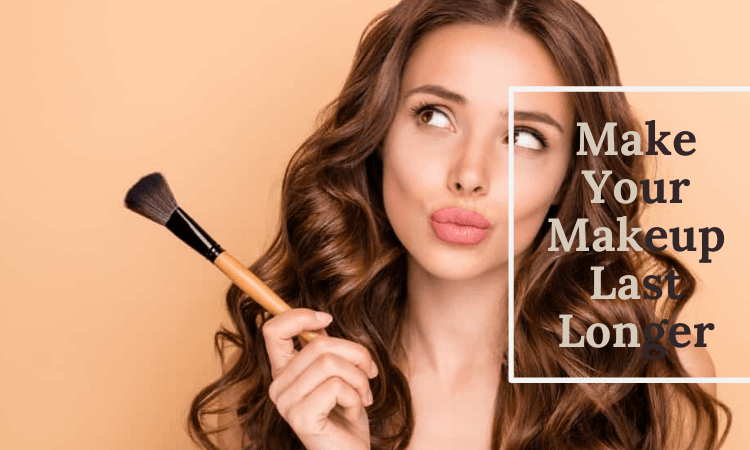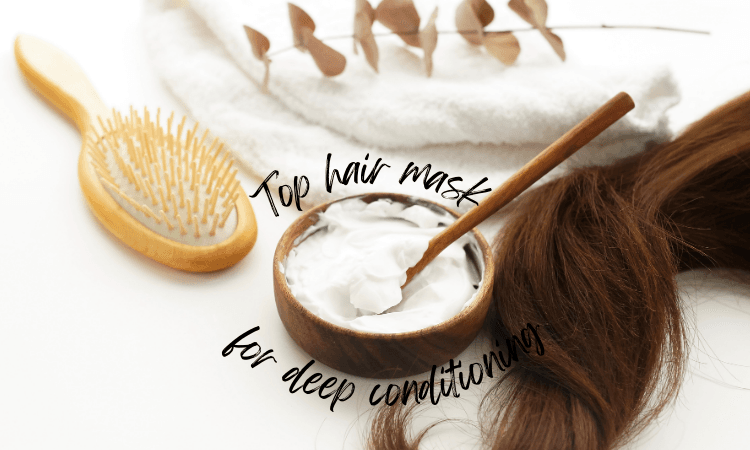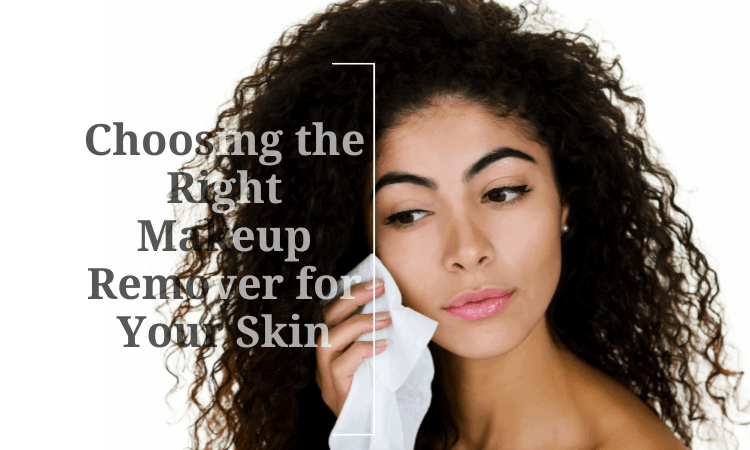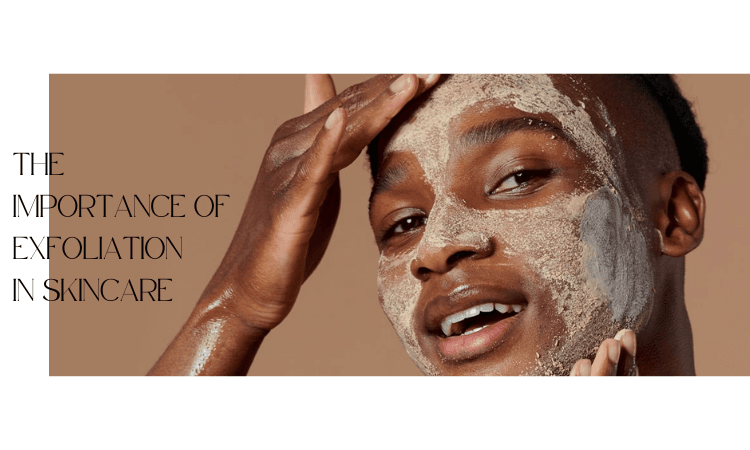Hair frizz is a common issue many people struggle with, regardless of hair type. Whether you have curly, wavy, or straight hair, frizz can make your hair look unkempt and unruly. However, with the right techniques and products, you can manage and reduce frizz effectively. This article will guide you through the causes of frizz, the best hair care routines, styling tips, and natural remedies that can help keep your hair smooth and manageable.
Understanding the Causes of Hair Frizz
Frizz doesn’t appear out of nowhere. It typically results from various factors that affect the hair’s structure and moisture balance. Identifying these causes is the first step to tackling frizz effectively.
The Role of Humidity in Frizz
Humidity is a major factor that causes hair to frizz. When the air is moist, hair fibers absorb water, causing them to swell. This swelling disrupts the smooth texture of the hair, leading to frizz. For those with naturally curly or wavy hair, humidity can make the hair even more unruly.
Dryness and Lack of Moisture
Dry hair is more likely to become frizzy. When hair lacks moisture, it struggles to stay smooth and manageable. This is especially true for people with fine or damaged hair. Without sufficient hydration, the hair cuticle (the outer layer of the hair shaft) lifts, causing the strands to look frizzy and unkempt.
Hair Damage and Breakage
Damage to the hair, whether from heat styling, chemical treatments, or environmental factors, can cause the hair cuticle to crack or break. This rough texture results in frizz. Over time, damaged hair becomes more prone to split ends and breakage, further increasing the chances of frizz.
Hair Care Routines to Reduce Frizz

To manage frizz, it’s essential to establish a hair care routine that focuses on moisturizing, nourishing, and protecting your hair. A solid routine can make a significant difference in reducing frizz and maintaining smooth, healthy hair.
Choose the Right Shampoo and Conditioner
The products you use on your hair play a crucial role in frizz control. Opt for shampoos and conditioners that are designed to hydrate and nourish your hair. Look for formulas that are sulfate-free, as sulfates can strip the hair of its natural oils, leading to dryness and frizz.
- Moisturizing shampoos and conditioners are ideal for frizzy hair.
- Avoid products that contain harsh chemicals that can dry out your hair.
Condition Regularly for Softness
Conditioning your hair after every wash is essential to help maintain moisture. A good conditioner helps to smooth the hair cuticle, locking in hydration and preventing frizz. Consider deep conditioning treatments once a week for extra nourishment.
- Leave-in conditioners can also be used for all-day moisture and frizz control.
Avoid Overwashing Your Hair
Washing your hair too often can strip it of its natural oils, which are essential for keeping it moisturized and frizz-free. Washing your hair two to three times a week is usually sufficient, depending on your hair type. On the days in between washes, consider using dry shampoo to keep your hair fresh.
Styling Tips to Minimize Frizz
Once you’ve established a good hair care routine, styling becomes the next step in managing frizz. The way you style your hair can either reduce or increase frizz, so it’s essential to choose techniques and tools that help smooth and control your hair.
Use a Microfiber Towel or T-Shirt
When drying your hair, opt for a microfiber towel or a cotton T-shirt instead of a regular towel. Regular towels can create friction, which leads to frizz. Microfiber towels or T-shirts are much gentler on the hair and help to absorb moisture without disrupting the hair cuticle.
- Pat your hair gently with a microfiber towel instead of rubbing it.
Apply Leave-In Conditioner or Serum
Leave-in conditioners or anti-frizz serums are excellent tools for taming frizz. After washing your hair, apply a generous amount of leave-in conditioner or a lightweight serum to the ends of your hair. These products help seal the hair cuticle, keeping moisture locked in and preventing frizz throughout the day.
- Look for serums that contain ingredients like argan oil or silicone for smoother, frizz-free hair.
Avoid Heat Styling Tools
Heat styling tools such as flat irons, curling irons, and blow dryers can contribute to hair damage and frizz. If possible, try to limit your use of these tools. When you do use them, always apply a heat protectant spray to shield your hair from excessive heat. If you can, embrace air drying as a healthier option for reducing frizz.
- If you must use a blow dryer, use it on a low heat setting to minimize heat damage.
Natural Remedies for Frizz-Free Hair
If you prefer natural solutions, there are several home remedies you can try to reduce frizz and improve your hair’s texture. These remedies can help nourish your hair without relying on chemical-laden products.
Coconut Oil for Deep Conditioning
Coconut oil is a natural moisturizer that can help reduce frizz by sealing in moisture. Apply a small amount of coconut oil to damp hair and leave it in for about 30 minutes before rinsing. This treatment can help smooth the hair and restore its natural shine.
- Use sparingly to avoid greasiness—too much coconut oil can weigh down the hair.
Apple Cider Vinegar Rinse
An apple cider vinegar rinse can help balance the pH of your hair and smooth the hair cuticle, which reduces frizz. To make this rinse, mix one part apple cider vinegar with three parts water, and pour it over your hair after shampooing. Rinse thoroughly with cool water.
- Apple cider vinegar also helps remove product buildup, making hair shinier and healthier.
Aloe Vera for Smoothing
Aloe vera is a natural ingredient known for its soothing properties. Applying aloe vera gel to damp hair can help reduce frizz by hydrating and smoothing the hair. Aloe vera also has the added benefit of promoting hair growth and strengthening hair over time.
- Aloe vera gel can be applied directly to the hair or mixed with a bit of your regular conditioner for extra moisture.
Conclusion
Reducing hair frizz effectively involves understanding the causes and making informed decisions about hair care, styling, and natural remedies. By establishing a good routine that focuses on moisture, protection, and gentler techniques, you can achieve smoother, healthier hair. Remember that the key to frizz-free hair is consistency. Experiment with the tips provided in this article to find what works best for your hair type, and you’ll be on your way to managing frizz with ease.



